Skype: neodalle-travel
Tel: +86 135 7447 2266
E-mail: sales@visitaroundchina.com
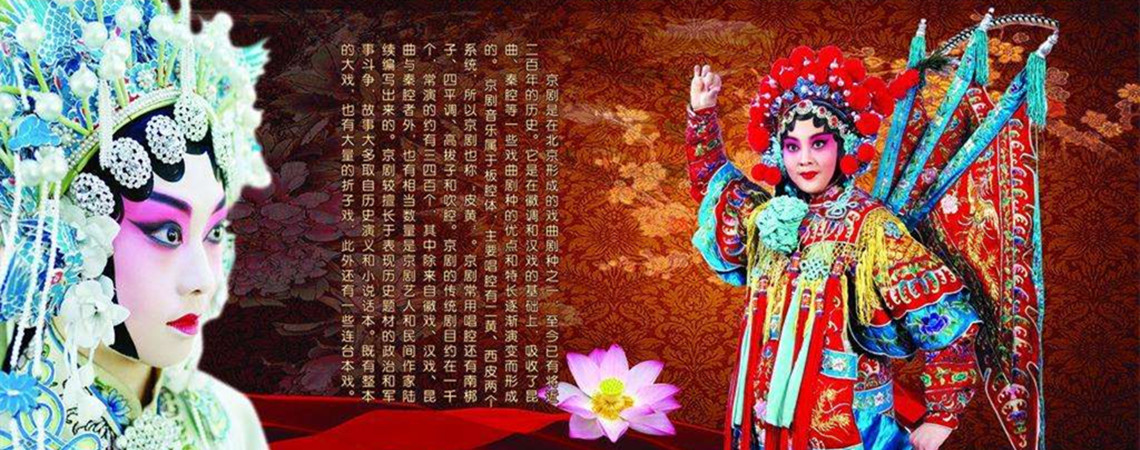
From time immemorial, China is a country full of developed instrumental art. According to the materials for making Chinese instrument, ancient Chinese people in Zhou Dynasty use Bayin(八音) as a general name for Chinese instrument. Bayin, literally, means eight categories of musical instrument in ancient orchestra, for example: metal, stone, clay, hide, silk, wood, gourd and bamboo. Now, many Chinese people classify them on the basis of performance way like Chui, Da, Tan and La.
Chinese Folk Instruments
According to incomplete statistics, China now has more than 600 varieties of national musical instruments after days and months multiplying. These instruments are generally divided into four categories according to its sound and playing methods: wind instruments, bowed instruments, plucked strings instruments and percussion instruments.
Chinese wind instruments
Wind Instruments make sound by airflow through air column, reed or coupling vibrations. Common wind instruments include Dizi (笛子), Sheng (笙), Suona (唢呐), Xiao (萧), Lusheng (芦笙),etc.
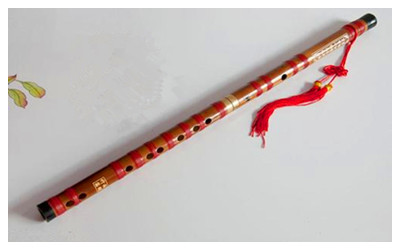 |
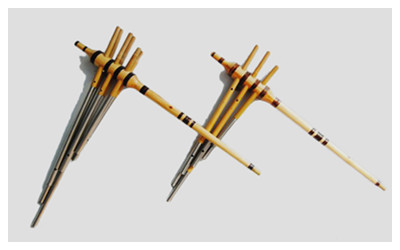 |
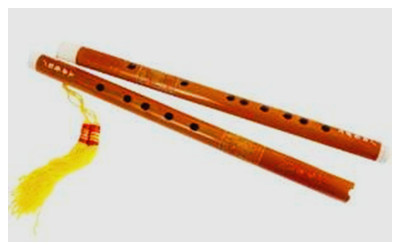 |
| Dizi 笛子 | Lusheng 芦笙 | Xiao 箫 |
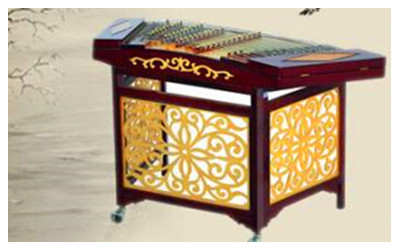 |
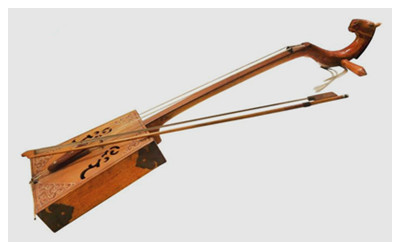 |
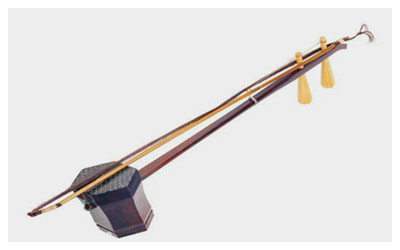 |
| Yangqin(扬琴) | Horse-Headed Fiddle | Erhu 二胡 |
Chinese plucked strings instruments
Plucked strings instruments are a general term for musical instruments using fingers or bamboo to strike the string to makes sounds including Guqin (古琴), Se (瑟), Guzheng (古筝), Konghou (箜篌), Pipa (琵琶), Sanxian (三弦), Ruan (阮), Liuqin (柳琴), Yueqin (月琴), Duxianqin (独弦琴), etc.
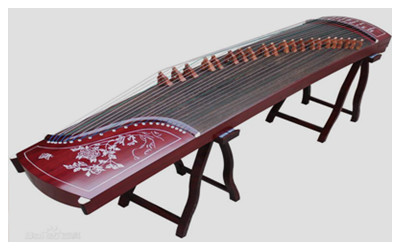 |
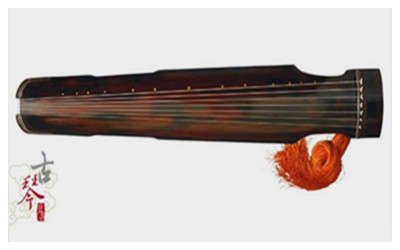 |
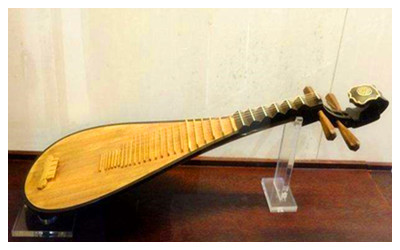 |
| Guzheng 古筝 | Guqin (古琴 | Pipa 琵琶 |
Chinese percussion instruments
Percussion instruments are maybe the most ancient instrument, making sounds by striking the body of the instrument itself. Most of percussions have certain sound such drum, Bo (钹), Luo (锣), Qing (磬), Pengling (碰铃), Yinqing 引磬), Laba (喇叭), Fangxiang (方响), Bianzhong(编钟) and so on.
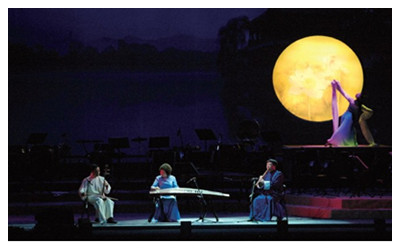 |
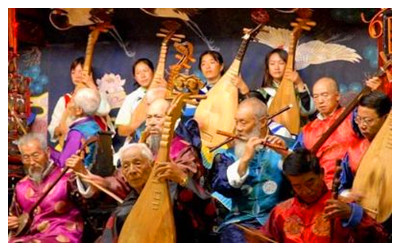 |
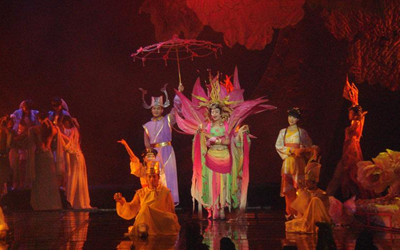 |
| Guangdong Music | Lijiang Naxi Ancient Music | Music Opera of Golden Sand |
 |
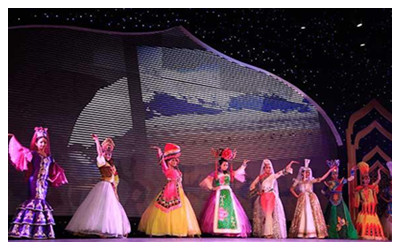 |
 |
| Tang Dynasty Music and Dance | Xinjiang Music Art | Chinese Musical Instrument Museum |
History of Chinese Musical Instruments
Chinese Folk Instruments, important element of Chinese traditional culture, have a long and profound history which can be evidenced by those unearthed cultural relics. As early as the pre-Qin period, there were a variety of instruments. The bone whistle founded in Hemudu was produced in Neolithic Age. Jiahu bone flute unearthed in Wuyang county, Henan province is viewed as the earliest one-about 8,000 years before the president. Chime bell, hanging drum, Sheng, panpipe, etc were discovered in Zenghou Yi tomb which was buried B.C 433 years ago. These ancient instruments show the Chinese nation’s wisdom and creativity.
1). Remote Antiquity (BC6000----BC1711)
According to the practicalities unearthed now, some wind instruments appeared earlier than others. In Wuyang, Henan, Chinese people found a flute made of bone which was the earliest Chinese musical instrument by far. Besides, some percussion instruments belonging to old time also were found.
2).The Pre-Qin Dynasty (BC711----BC256)
This period was the first summit in the history of Chinese musical instruments. During this important period, Bayin system was defined. Guqin, as a solo instrument, came on to the history stage and got very popular immediately. But, as it is said on the historic records, percussion instruments were the main instruments at that time. Chime-bells from the Tomb of Marquis Yi of the Zeng State, one of percussion instruments, had a great influence in the musical history of China.
3). Qin, Han, Sui and Tang Dynasties (BC221----AD960)
Chinese Musical Instruments prospered during this period. With the communication of Sino--foreign culture, plentiful foreign instruments were introduced to China. As a result, stringed instruments had an unprecedented development. In addition, music score of Guqin was appeared in Tang Dynasty; during late Tang Dynasty, Cao Rou created a simple music score which made Guqin music pass down by generations. Pipa was the most important instrument in Tang Dynasty.
4). Song, Yuan, Ming and Qing Dynasties (960----1840)
Bow Instrument had a great development during this period. Meanwhile, traditional Chinese opera also profited from the introduction and widely use of Bow Instrument. At the end of the Ming Dynasty, dulcimer was introduced to China from Persia. Guqin divided into numerous schools. Court music was replaced by the folk music.
Functions of Chinese Musical Instrument
In general, ancient Chinese musical instruments have double functions. On the one hand, they are tools for playing music; on the other hand, they are instrument of production. Sometimes, they were used to deliver several certain messages in daily life. For example, when people go out to battle, they will beat a drum; when they beat gongs during a battle, which means troop needs to be back to military camp; when a gong is beat on the street in old days, that means important officials are coming; when a drum is beat in front of a government office in feudal China, that means a court trial will be started.
Chinese Folk Instruments, important element of Chinese traditional culture, have a long and profound history which can be evidenced by those unearthed cultural relics. As early as the pre-Qin period, there were a variety of instruments. The bone whistle founded in Hemudu was produced in Neolithic Age. Jiahu bone flute unearthed in Wuyang county, Henan province is viewed as the earliest one-about 8,000 years before the president. Chime bell, hanging drum, Sheng, panpipe, etc were discovered in Zenghou Yi tomb which was buried B.C 433 years ago. These ancient instruments show the Chinese nation’s wisdom and creativity.
1). Remote Antiquity (BC6000----BC1711)
According to the practicalities unearthed now, some wind instruments appeared earlier than others. In Wuyang, Henan, Chinese people found a flute made of bone which was the earliest Chinese musical instrument by far. Besides, some percussion instruments belonging to old time also were found.
2).The Pre-Qin Dynasty (BC711----BC256)
This period was the first summit in the history of Chinese musical instruments. During this important period, Bayin system was defined. Guqin, as a solo instrument, came on to the history stage and got very popular immediately. But, as it is said on the historic records, percussion instruments were the main instruments at that time. Chime-bells from the Tomb of Marquis Yi of the Zeng State, one of percussion instruments, had a great influence in the musical history of China.
3). Qin, Han, Sui and Tang Dynasties (BC221----AD960)
Chinese Musical Instruments prospered during this period. With the communication of Sino--foreign culture, plentiful foreign instruments were introduced to China. As a result, stringed instruments had an unprecedented development. In addition, music score of Guqin was appeared in Tang Dynasty; during late Tang Dynasty, Cao Rou created a simple music score which made Guqin music pass down by generations. Pipa was the most important instrument in Tang Dynasty.
4). Song, Yuan, Ming and Qing Dynasties (960----1840)
Bow Instrument had a great development during this period. Meanwhile, traditional Chinese opera also profited from the introduction and widely use of Bow Instrument. At the end of the Ming Dynasty, dulcimer was introduced to China from Persia. Guqin divided into numerous schools. Court music was replaced by the folk music.
 Ask Questions ?
Ask Questions ?